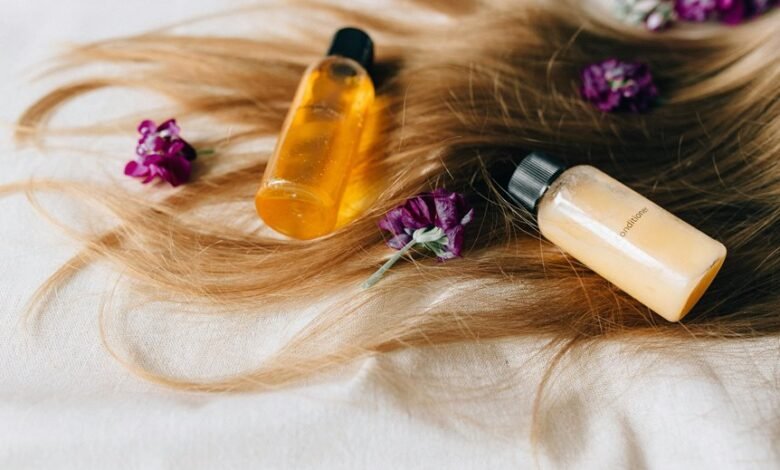Native Shampoo and Conditioner Lawsuit: Full Summary

The lawsuit against Native Shampoo and Conditioner raises critical issues related to marketing practices and product safety. Allegations suggest potential harmful ingredients in their formulations, challenging the brand’s transparency. This case not only affects Native but also reflects broader concerns within the beauty industry. As the situation unfolds, it prompts an examination of consumer trust and regulatory standards. What changes might arise from this legal scrutiny?
Background of the Lawsuit
Although Native Shampoo and Conditioner have garnered popularity for their perceived natural ingredients and eco-friendly marketing, the lawsuit against the company highlights significant concerns regarding the accuracy of these claims.
The lawsuit’s origins stem from allegations questioning product safety, suggesting that the products may contain harmful substances contrary to consumer expectations.
Such legal action raises pivotal questions about transparency and ethical marketing in the beauty industry.
Key Allegations Against Native
The lawsuit against Native centers on several key allegations that question the integrity of the brand’s claims regarding its shampoo and conditioner products.
Allegations include misleading marketing practices, insufficient evidence supporting product safety, and the potential for harmful ingredients.
These concerns jeopardize consumer trust, as customers expect transparency and safety in personal care items, prompting scrutiny of the brand’s ethical commitments.
Implications for Consumers and the Beauty Industry
As consumers grapple with the implications of the lawsuit against Native, the fallout may extend beyond individual brand perceptions to influence broader trends within the beauty industry.
Heightened awareness surrounding consumer safety could prompt stricter beauty regulations, compelling brands to adopt more transparent practices.
This case may serve as a catalyst for increased scrutiny, ultimately reshaping consumer expectations and industry standards regarding product integrity and safety.
Conclusion
The lawsuit against Native Shampoo and Conditioner serves as a monumental wake-up call for consumers, akin to a thunderclap in a serene landscape. It underscores the dire need for vigilance in an industry rife with potential deception. As the storm of scrutiny gathers, the beauty sector may soon find itself navigating uncharted waters of regulation and accountability. This case not only threatens Native’s reputation but ignites a fierce demand for transparency, reshaping consumer expectations for generations to come.





